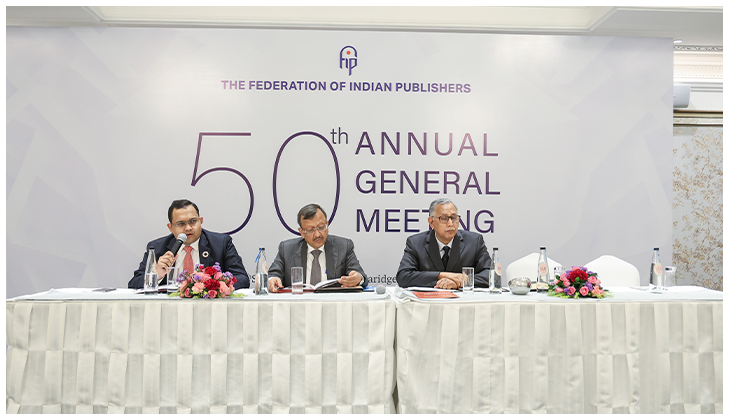Book Fair. Publishing. And international ties!
Odd one out, there isn’t any!
Book Fairs are an integral part of the publishing industry. True that! But international ties? Well, for an avid reader, it migh be little incomprehensible to understand the significance of such ties and reading, but for the publishing industry at large, international relations play a vital role. Take a leaf out of the history of publishing industry and you would get to know how international book fairs have strengthened cross-border relations for a nation.
One such example is Seoul International Book Fair. I recently got an opportunity to attend this fair. And believe me, it was one of its kind. More than just a book fair, it was a wonderful experience for us as Indians. And that’s because India was the Guest of Honour this year.
The ties of India and Korea were well depicted by the uniue logo and slogan of the fair. The logo of India’s Guest of Honour presentation at Seoul international book fair was inspired from one of the major legends of Indo-Korean history. Predominantly, the logo shows the image of ‘two kissing fish’ which have been created from books with the flags of both the countries on them.
Same goes with the slogan,”READING TO CONNECT, CONNECTING TO READ”. This thought can be related to the fact that by reading history, we identify various cultural connections of a nation and these connections, in turn, facilitate better literary and publishing ties between two countries. Quite a thought, if you look at Indo-Korean ties. As per the legend mentioned in sam kuk yusa, a text on ancient history of Korea, in AD48, Princess Sriratna, born in a royal family in Ayodhya was sent by her father on a divine revelation, on a long sea voyage to the Garak Kingdom in southern Korea to marry King Suro. And thus was founded the Garak Kingdom in Korea. A monument in the name of Princess Sriratna has been erected both at Ayodhya in India as well as Gimhae in South Korea.
Incorporating the same cultural ties, the elaborate, well-designed structure of the Indian Pavilion was awe-inspiring. A replica of Sanchi Stupa’s gate served as the main entrance to the Indian Pavilion at the event. Also, underlining the common Buddhist heritage of the two countries, a Gandhara style standing Buddha of Gupta period was showcased at the centre of the pavilion.
The importance of this fair was also highlighted by the fact that the event coincided with the 40th anniversary of the establishment of diplomatic ties between India and South Korea. To mark this event, an MOU was also signed between National Book Trust(NBT) and Korean Publishers association to promote the culture and religion of both the countries through the medium of books. It was also agreed that South Korea would be Guest of Honour in New Delhi World Book Fair 2015.
All in all, it was a great show by NBT. India has been the Guest of Honour in other fairs as well. But the kind of participation I saw in this one was beyond superior. I’m really fortunate to be a part of this event and can proudly say that India’s flag is sailing high at the SEOUL INTERNATIONAL BOOK FAIR .
P.S. I’ll soon be up with my take on the ‘book fair’. So stay tuned!



